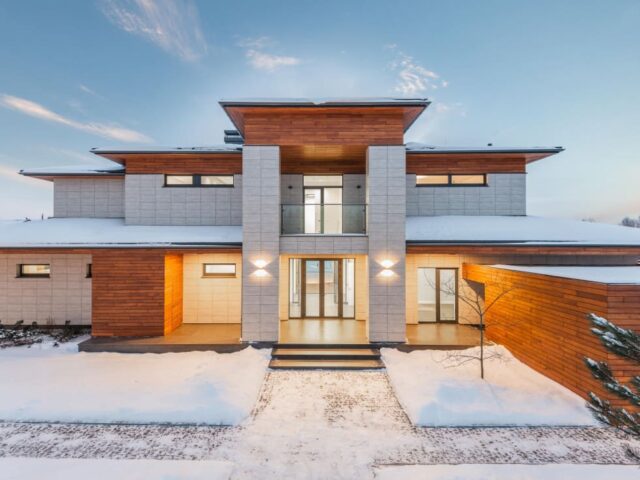
Every home tells a story. It’s a canvas painted with the brushstrokes of personal style, memories, and experiences. But how do you ensure that the story your home tells is captivating, coherent, and reflective of your personality?
Dive into the world of home decor magic with these rules that promise to transform your space into a stunning masterpiece. If you don’t know how to do it, don’t worry, ATY Home Decor will be by your side every step of the way!
The Basics of

How to Achieve Balance?
Balance creates a sense of stability in a room. Whether it’s through symmetrical, asymmetrical, or radial arrangements, achieving balance ensures that no area feels too heavy or too light.
Symmetrical balance is achieved when items are mirrored on either side of a central point, often seen in traditional settings. Asymmetrical balance, on the other hand, uses different objects of similar size to create equilibrium. Radial balance involves arranging elements in a circular fashion, like seating around a round dining table.
The Power of Contrast
Contrast adds interest and energy to a space. By juxtaposing elements of different colors, shapes, or textures, you can create focal points and direct the viewer’s attention.
For instance, a sleek, modern sofa against a rustic brick wall or a bold-colored cushion on a neutral couch can make a statement. Remember, contrast isn’t just about color; it’s about creating differences in form, texture, and scale.
Role of Color in Home Decor
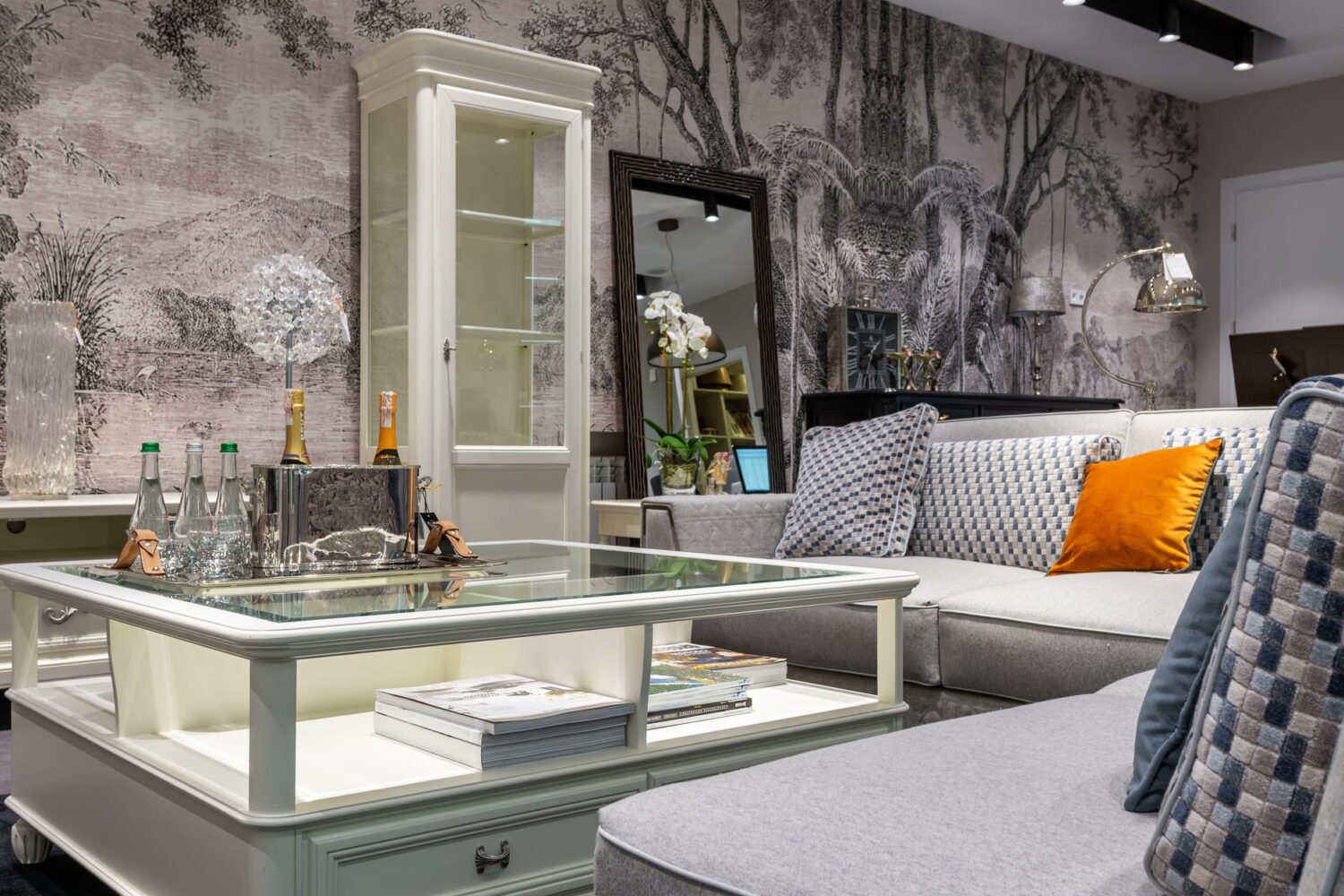
Colors have the power to evoke emotions, set the mood, and even influence our behavior. By understanding the psychology of colors and how they interact with each other, you can create spaces that resonate with your desired ambiance.
The Color Wheel and Complementary Colors
The color wheel is a fundamental tool in interior design. It showcases the relationship between colors, helping you pick harmonious combinations. Complementary colors, which sit opposite each other on the wheel, can create vibrant contrasts when paired together.
For example, blue and orange, when used in the right proportions, can make a room come alive. However, it’s essential to balance them with neutral shades to avoid overwhelming the space.
Impact of Neutrals
Neutral colors, like beige, gray, and white, might seem mundane, but they play a pivotal role in home decor. They provide a calming backdrop, allowing other elements to shine.
Neutrals can be warm or cool, and understanding their undertones is crucial. A beige with a pink undertone, for instance, will feel different from one with a yellow undertone. By mastering neutrals, you can create a cohesive and sophisticated palette for your home.
Textures and Patterns: The Unsung Heroes
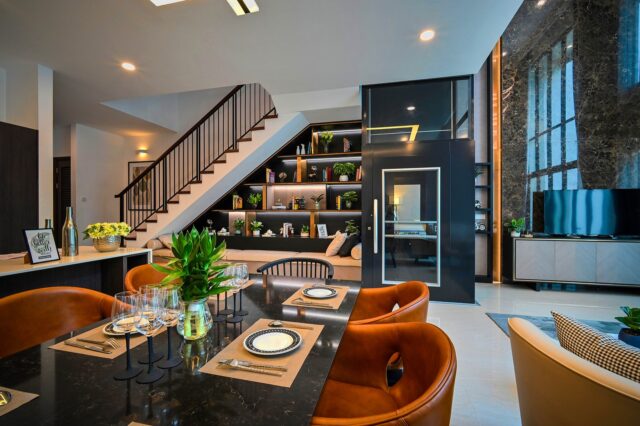
Beyond color and form, textures and patterns add depth and dimension to interiors. They can transform a flat, uninspiring room into a tactile wonderland, inviting touch and exploration.
Mixing Textures for Depth
A room with varied textures feels rich and layered. Imagine a soft velvet couch, a smooth marble coffee table, a jute rug, and a shiny metal lamp. Each texture interacts with light differently, creating a dynamic interplay.
However, it’s essential to strike a balance. Too many competing textures can make a space feel chaotic. The key is to have a mix of rough and smooth, matte and shiny, to achieve harmony.
Patterns: Bold or Subtle?
Patterns, like textures, can add visual interest to a room. Whether it’s a bold geometric wallpaper or a subtle floral fabric, patterns infuse character into a space.
When incorporating patterns, consider scale. Large patterns can overwhelm a small room, while tiny patterns might get lost in a vast space. Also, it’s a good idea to limit the number of different patterns in a room to avoid visual clutter.
The Magic of Lighting
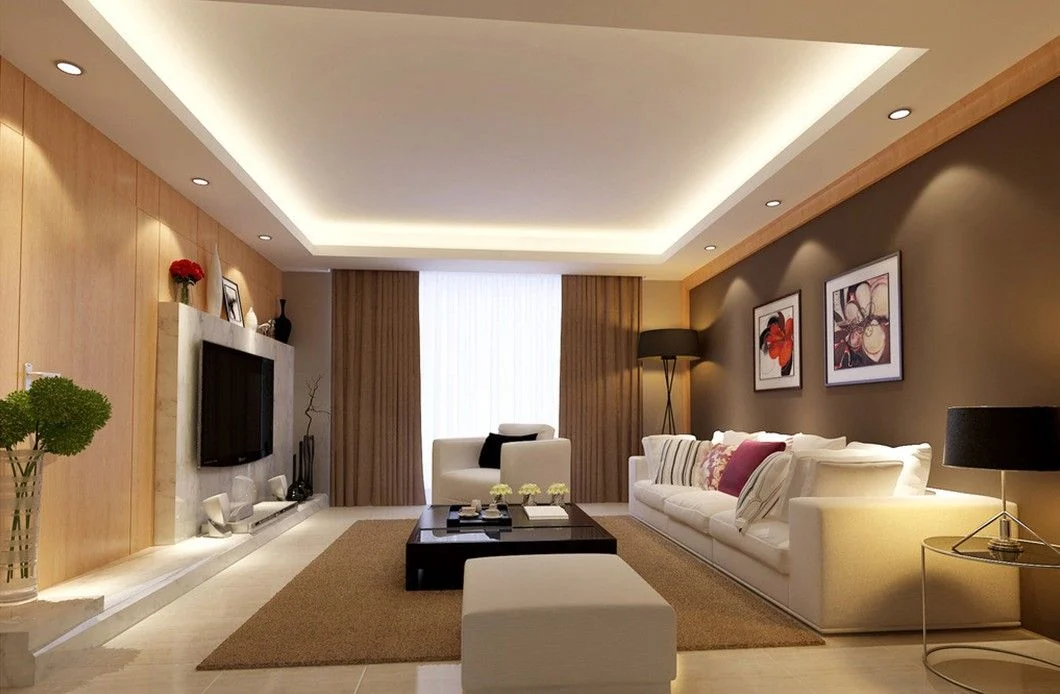
Lighting is often referred to as the jewelry of a home. It not only illuminates our spaces but also sets the mood, highlights architectural features, and even makes rooms appear larger or cozier.
Layering Different Light Sources
Layering light sources is the key to achieving a well-lit room. This involves a combination of ambient (general), task, and accent lighting.
Ambient lighting provides overall illumination, usually from ceiling fixtures. Task lighting focuses on specific areas, like reading nooks or kitchen counters, ensuring adequate light for activities.
Accent lighting, on the other hand, is used to highlight features like artworks or architectural details. Together, these layers create a harmonious and functional lighting scheme.
The Impact of Natural Light
Natural light is a boon for interiors. It brings warmth, enhances colors, and boosts our mood. When designing a room, consider its orientation. North-facing rooms might receive cooler, diffused light, while south-facing ones bask in bright, direct sunlight.
To make the most of natural light, choose window treatments that allow flexibility. Sheer curtains, for instance, can diffuse light without blocking it, while heavier drapes can be drawn to control glare.
Furniture
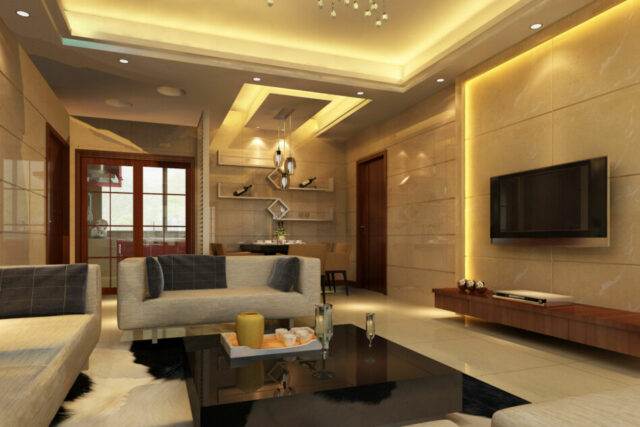
Furniture is the backbone of any interior design. While its primary role is functional, the style, scale, and placement of furniture pieces can make or break a room’s aesthetics.
Choosing the Right Scale
The scale is crucial when selecting furniture. Oversized sofas might overwhelm a small living room, while tiny chairs can look lost in a spacious hall. Before purchasing, measure your space and consider the proportions of other elements in the room.
Visual weight is another factor. A bulky wooden coffee table might have the same dimensions as a glass one, but it’ll feel heavier due to its solid form and material.
Furniture Arrangement and Flow
How furniture is arranged impacts the room’s functionality and feel. The key is to facilitate conversation and movement. In a living room, for instance, chairs and sofas should face each other, with a clear path for walking.
Avoid pushing all furniture against the walls. Sometimes, floating a sofa in the middle of the room or placing it against a console can create a more intimate and dynamic setting.
Accessorizing: The Final Flourish
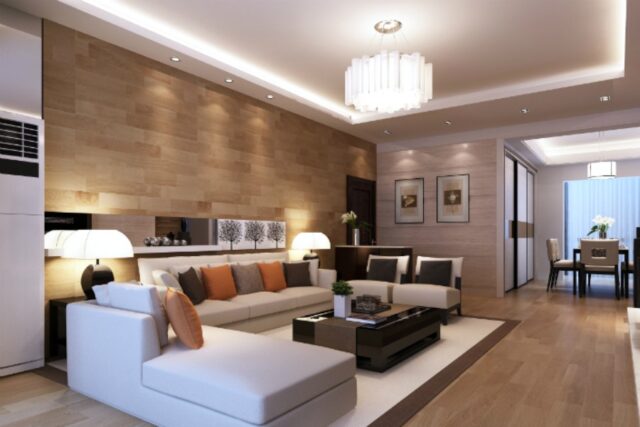
Accessories are the finishing touches that infuse personality into a space. They’re the small details—like cushions, vases, and artworks—that bring color, texture, and life to a room.
The Rule of Threes
When accessorizing, especially with decorative items, the rule of threes can be a game-changer. Grouping objects in odd numbers, typically three, creates visual interest and feels more natural than even-numbered arrangements.
For instance, on a console table, you might place a tall lamp, a medium-sized vase, and a small stack of books. The varying heights and sizes create a harmonious display.
Personal Touches
While trends can guide, your home should reflect your story. Incorporate personal touches, be it family photos, heirlooms, or souvenirs from travels. These items add depth, making your home feel unique and lived-in.
Conclusion
In the vast realm of interior design, the magic lies not just in following rules but in weaving them together with your unique narrative. Every home is a reflection of its inhabitants, a tapestry of memories, dreams, and experiences.
While these principles provide a roadmap to creating visually stunning spaces, the true essence of a home emerges when it resonates with the personalities living within its walls.









